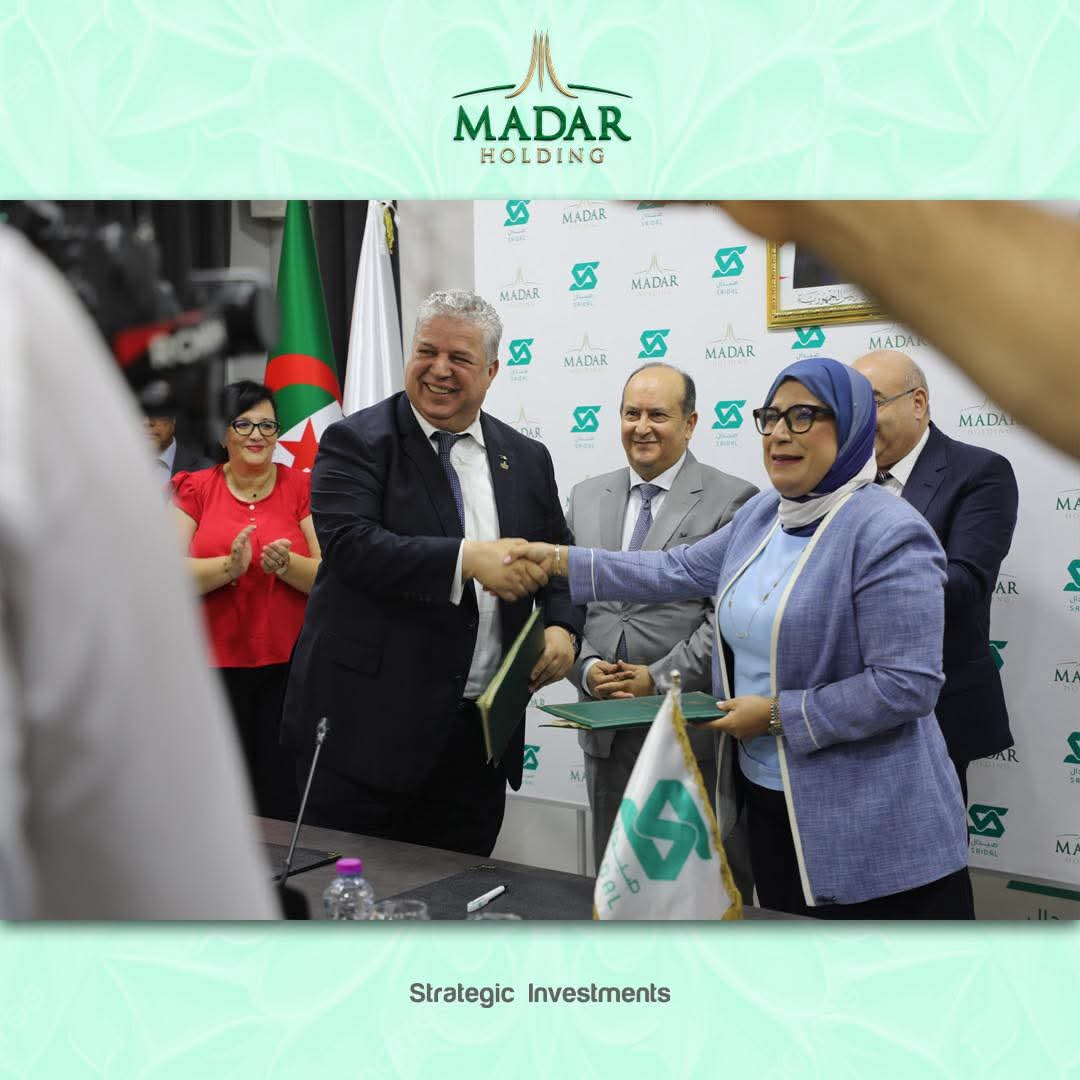1. Introduction to Mythology and Its Cultural Significance
Mythology encompasses the collection of traditional stories that explain the natural world, human origins, and cultural values across civilizations. These narratives often feature gods, spirits, and mythical creatures, serving as a bridge between the spiritual and physical realms. For example, Greek mythology’s pantheon of gods, like Zeus and Athena, shaped not only religious practices but also artistic and philosophical pursuits that continue to influence Western culture today.
Mythological stories play a vital role in shaping cultural identities by transmitting values, moral lessons, and societal norms from generation to generation. They provide a shared narrative that fosters community cohesion and cultural continuity. Studying mythology today enhances our understanding of diverse civilizations, revealing how ancient societies explained their environment and human experiences, which remains relevant in global cultural literacy.
Why is mythology educationally important now?
In an era of rapid globalization, mythology serves as a lens to appreciate cultural diversity and historical perspectives. It fosters critical thinking by analyzing symbolic meanings and archetypes, such as the hero’s journey, which Joseph Campbell popularized as a universal pattern in storytelling. This approach supports cross-disciplinary learning, integrating history, literature, psychology, and art.
Contents
- The Origins of Mythology: From Ancient Deities to Folk Tales
- Key Themes and Symbols in Mythological Narratives
- Mountain Gods and Sacred Topography in Mythology
- Mythology in Modern Media and Entertainment
- The Educational Value of Mythology in Contemporary Contexts
- Non-Obvious Perspectives: Mythology’s Influence Beyond Direct Narratives
- Cross-Cultural Comparisons: Universal Themes and Unique Variations
- Future Directions: Preserving and Innovating Mythological Narratives
- Conclusion: Unlocking the Power of Mythology for Modern Understanding
2. The Origins of Mythology: From Ancient Deities to Folk Tales
Early mythologies share common themes such as creation, chaos, and heroism, often expressed through archetypes like the supreme deity or trickster figures. For example, the Mesopotamian Enki was believed to control water and wisdom, explaining natural phenomena like floods. Similarly, indigenous stories from Native American tribes often feature animal spirits and natural elements, illustrating how early humans used stories to interpret their environment.
Gods and spirits historically served to personify natural forces, providing humans with a way to understand and appease unpredictable elements like thunderstorms or droughts. Over time, these oral traditions were passed down through generations, eventually recorded in written form—such as the Epic of Gilgamesh or Homer’s Iliad—preserving these stories for future study.
3. Key Themes and Symbols in Mythological Narratives
Mythologies often explore creation myths that explain the origin of the universe, such as the Norse Yggdrasil, the World Tree connecting different realms, or the Egyptian Nun, representing primordial waters. These stories establish a cosmological order and reflect the worldview of their cultures.
The trickster archetype appears universally, embodying cunning and chaos. Notable figures include Coyote among Native Americans, Loki in Norse myths, and Anansi in West African tales. These characters challenge authority, teach moral lessons, and often catalyze change within their stories.
The hero’s journey, exemplified by figures like Hercules or Rama, encapsulates moral lessons about bravery, sacrifice, and perseverance. Joseph Campbell identified this pattern as a fundamental narrative across cultures, illustrating universal human values.
4. Mountain Gods and Sacred Topography in Mythology
Mountains have long been regarded as divine abodes in many cultures, symbolizing proximity to the heavens and spiritual elevation. For instance, Mount Olympus in Greece was home to twelve Olympian gods, representing the divine hierarchy and human ideals. Similarly, Mount Kailash in Hindu and Buddhist traditions is considered sacred, believed to be the axis of the world.
These geographical features influence mythological storytelling by serving as settings for divine encounters or epic battles. Mountains often symbolize stability, transcendence, and the connection between earth and sky, reinforcing their spiritual significance.
5. Mythology in Modern Media and Entertainment
Ancient mythological stories continue to inspire contemporary adaptations, from movies like Marvel’s Thor to literature and video games. These reinterpretations introduce mythic themes to new audiences, often blending traditional motifs with modern storytelling techniques.
A notable example is the game a guide to the Le Zeus game, which draws on Greek mythology’s rich symbolism. The visual design—featuring yellow-gold logos, brown frames, and a pink-purple sky—evokes divine grandeur and mythic atmosphere, illustrating how modern media reimagines ancient stories to entertain and educate simultaneously.
How does this reflect mythological motifs?
The game’s narrative incorporates classic mythological motifs such as heroic quests, divine intervention, and symbolic imagery, demonstrating that mythic principles remain relevant in today’s entertainment landscape.
6. The Educational Value of Mythology in Contemporary Contexts
Teaching history and cultural diversity through myths allows students to explore different worldviews and moral frameworks. Mythology also serves as a tool for developing critical thinking and symbolic literacy—understanding that stories often encode deeper meanings about human nature and societal values.
Interactive learning methods, such as virtual reality experiences or storytelling platforms, make mythological narratives more engaging. For example, virtual reconstructions of Mount Olympus or the underworld can deepen comprehension and foster appreciation for ancient cultures.
7. Non-Obvious Perspectives: Mythology’s Influence Beyond Direct Narratives
Mythology’s impact extends beyond stories—embedded in language, idioms, and popular culture. Phrases like “Pandora’s box” or “Herculean effort” derive directly from myth, shaping everyday discourse. Psychologist Carl Jung proposed that mythological archetypes—such as the Great Mother or the Shadow—reside within the collective unconscious, influencing personal and cultural identities.
« Mythology provides a symbolic language that helps us interpret the complexities of human existence. »
Moreover, mythological motifs are prevalent in branding and art, from the logos of corporations to modern storytelling, demonstrating their enduring relevance.
8. Cross-Cultural Comparisons: Universal Themes and Unique Variations
Comparing the Trickster archetype reveals fascinating parallels. Coyote in Native American myths embodies cleverness and adaptability, while Loki in Norse stories often causes chaos but also facilitates change. Despite differences, both serve to challenge authority and explore moral boundaries.
Shared themes such as creation, chaos, and heroism highlight a universal human tendency to frame existence through stories. Each culture’s unique variations reflect their worldview—be it the Egyptian Osiris myth or the Chinese Pangu creation story—yet they all address fundamental questions about origins and morality.
9. Future Directions: Preserving and Innovating Mythological Narratives
Digital archiving projects are making mythological stories accessible worldwide, ensuring their preservation amid cultural change. Interactive media, especially video games, offer dynamic reinterpretations—products like a guide to the Le Zeus game—illustrate how entertainment can serve educational purposes by embedding mythic themes into engaging formats.
These innovations enable a new generation to learn about myths intuitively, fostering appreciation for cultural diversity and historical continuity.
10. Conclusion: Unlocking the Power of Mythology for Modern Understanding
Mythology’s enduring relevance stems from its capacity to encode universal human experiences, morality, and cultural values. By exploring ancient stories, we not only gain insight into past civilizations but also develop a richer understanding of ourselves. Modern media, from films to interactive games, continue to breathe new life into these narratives, demonstrating their timeless appeal.
Encouraging curiosity and cultural literacy through myth exploration fosters a more inclusive and informed society. As we bridge the ancient and the modern, stories like those rooted in mountain gods or trickster figures remain powerful tools for education and entertainment alike.
« Understanding mythology enriches our view of the world and ourselves, proving that stories are truly universal. »




